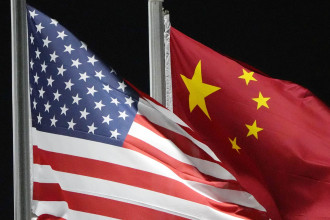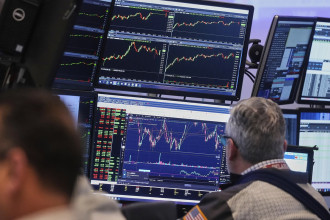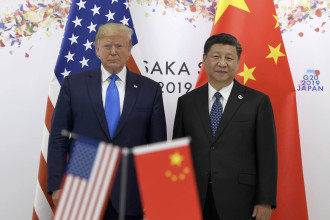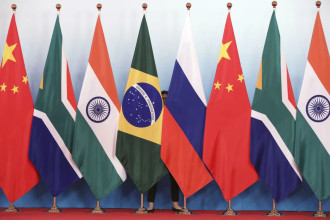
HONG KONG: China's economy for the October-December quarter grew at a quicker rate, allowing the Chinese government to hit its target of about 5% annual growth for 2023 even though trade data and the economic recovery remain uneven.
Official data released Wednesday showed that the Chinese economy grew 5.2% for 2023, surpassing the target of 'about 5%' that the government had set.
The growth for 2023 is likely helped by 2022's GDP of just 3% as China's economy slowed due to COVID-19 and nationwide lockdowns during the pandemic.
For the fourth quarter, China's gross domestic product also grew at 5.2% compared to the same time last year. On a quarterly basis, the economy rose 1% in Q4, slowing from the expansion of 1.3% in the July-September quarter.
Officials from China's National Bureau of Statistics said that measures including "strengthened macro regulation, and redoubled efforts to expand domestic demand, optimise structure, boost confidence and prevent and defuse risks" had helped improve the momentum of recovery, supply and demand.
Industrial output, which measures activity in the manufacturing, mining and utilities sectors, rose 4.6% in 2023 compared to a year earlier, while retail sales of consumer goods grew 7.2%.
Fixed-asset investment — spending on factory equipment, construction and other infrastructure projects to drive growth — grew 3% year on year in 2023.
China on Wednesday also resumed releasing official data on its youth unemployment rate after a six-month suspension. Under a new methodology which excludes students from the jobless rate, unemployment for those aged between 16 and 24 stood at 14.9%, an improvement from the record-high youth jobless rate of 21.3% in June using the previous methodology.
Officials said that the new methodology's exclusion of current students will more accurately reflect the employment of "young people entering society."
However, indicators point to a largely uneven recovery for China. Trade data for December, released earlier this month, showed a slight growth in exports for a second straight month as well as a slight increase in imports. Consumer prices however fell for a third consecutive month as deflationary pressures persisted.
Julian Evans-Pritchard from Capital Economics said China's "recovery clearly remains shaky."
"And while we still anticipate some near-term boost from policy easing, this is unlikely to prevent a renewed slowdown later this year," Evans-Pritchard wrote in a note, adding that it will be "a lot more challenging" for China to achieve the same pace of expansion in 2024.
Chinese premier Li Qiang said at the World Economic Forum on Tuesday that China had achieved its economic target without resorting to "massive stimulus."
He said that China had "good and solid fundamentals in its long-term development" and despite some setbacks, the positive trend for the economy will not change.
The ruling Communist Party has in the past decade deliberately sought to shift away from a reliance on government-led investment in massive infrastructure projects to one that is driven more by consumer demand as is typical of other major economies.
Slowing growth reflects that effort to attain a more sustainable path to affluence, but the disruptions from the pandemic and a crackdown on excessive borrowing by property developers have accentuated underlying weaknesses.
By RSS/AP






